Ayurvedam, often simplified to mere herbal remedies, is a profound and ancient healing science that intertwines philosophy, spirituality, and medicine. This blog explores the untold story of Ayurvedam, tracing its roots, specializations, and the intricate systems that make it a unique approach to health and wellness.
Table of Contents
- Introduction to Ayurvedam
- Understanding the Specializations
- Five Dimensions of Ayurvedic Procedures
- The Depth of Ayurvedic Knowledge
- Contemporary Perspectives on Ayurveda
- Conclusion: A Balanced Approach to Health
- FAQ about Ayurvedam
Introduction to Ayurvedam
Ayurvedam is a comprehensive system of medicine that transcends mere herbal treatments. It embodies a philosophy of life, focusing on harmony between body, mind, and spirit. The term itself combines “ayu,” meaning life, and “vedam,” meaning knowledge, indicating a profound understanding of health and well-being.
Historical Roots of Ayurveda
The origins of Ayurvedam are deeply rooted in ancient texts, particularly the Bhagavad Purana. It is believed that Lord Sri Maha Vishnu incarnated as Dhanvantari during the Samudra Mandhan, a pivotal event that laid the foundation for Ayurvedic practice. Dhanvantari is revered as the god of medicine, symbolizing the divine connection between health and spirituality.
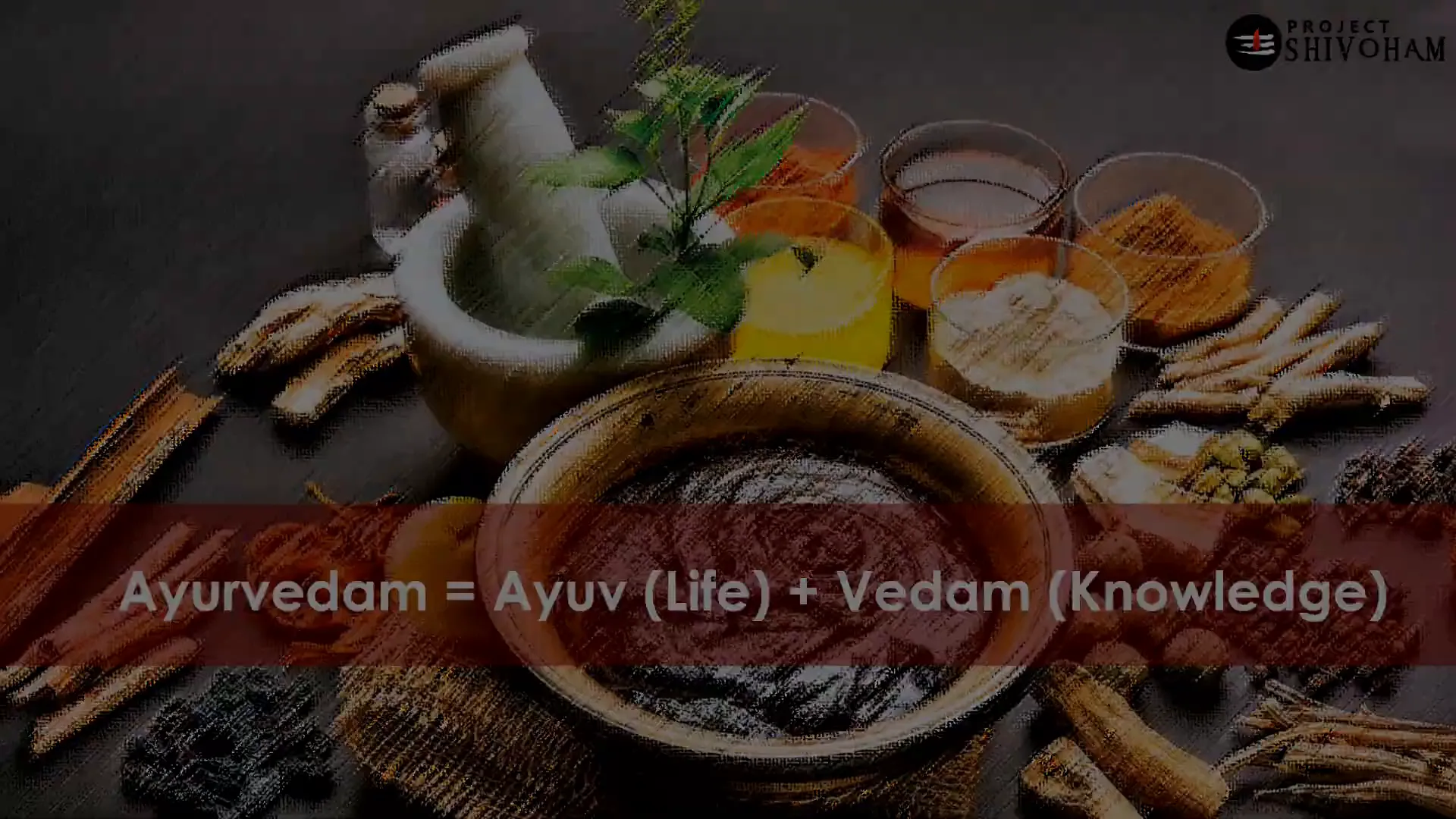
The Significance of Dhanteras
Dhanteras, celebrated two days before Diwali, marks the birth of Lord Dhanvantari. Contrary to popular belief, this day emphasizes health over wealth. While many associate Dhanteras with the purchase of gold, the true essence lies in recognizing the value of health as the greatest wealth.
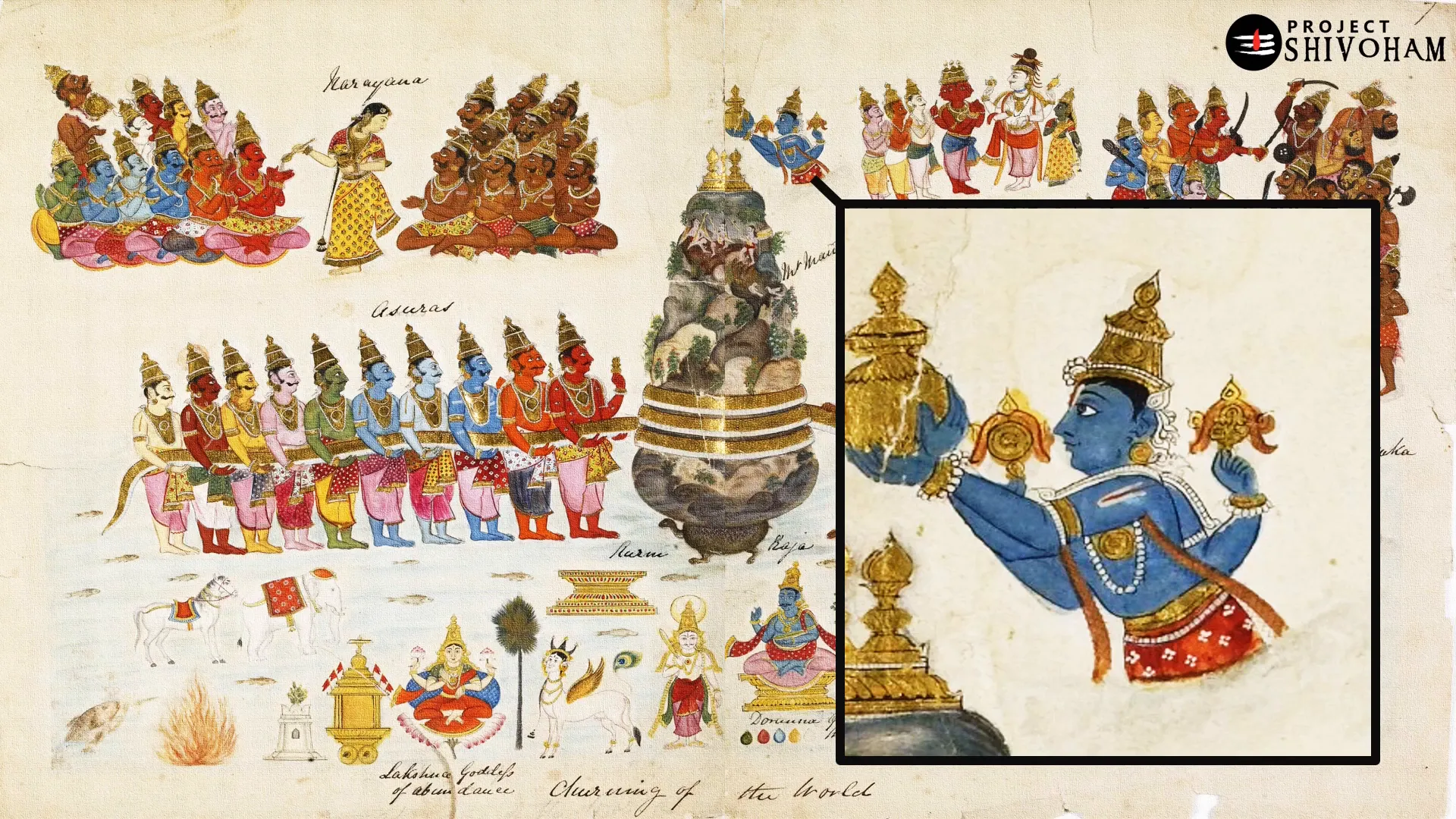
Teaching of Ayurvedam by Lord Vishnu
In the city of Varanasi, Lord Vishnu imparted knowledge of Ayurvedam to his disciple Sushruta. This significant teaching led to the compilation of the Sushruta Samhita, a foundational text that serves as a comprehensive guide to Ayurvedic practices. Sushruta’s work illustrates the depth and intricacies of Ayurvedam, highlighting its relevance in contemporary health discussions.
The Sushruta Samhita: A Key Text
The Sushruta Samhita is considered one of the most important texts in Ayurvedam. It provides detailed descriptions of various surgical procedures, medicinal herbs, and the human body. The text serves as a bridge between ancient wisdom and modern medical practices, showcasing the advanced understanding of anatomy and treatment methodologies present in ancient India.
Eight Specializations in Ayurveda
Ayurvedam encompasses eight distinct specializations, each addressing different health concerns:
- Shalya Chikitsa: Focuses on surgical procedures and interventions.
- Shalakya Chikitsa: Deals with ailments related to the ear, nose, and throat.
- Kaya Chikitsa: General medicine addressing seasonal and common illnesses.
- Graha Chikitsa: Involves the diagnosis and treatment of mental and emotional disorders.
- Bala Chikitsa: Pediatrics, focusing on the health of infants and children.
- Rasayana Chikitsa: Rejuvenation therapies and treatments.
- Vajikarana Chikitsa: Addresses sexual health and infertility.
- Vishya Chikitsa: Antidotal treatments for poisoning.

Dimensions of Ayurvedic Specializations
Each specialization in Ayurvedam is further divided into five dimensions, providing a structured approach to treatment:
- Sutra Sthana: Fundamental procedures for all physicians.
- Nidana Sthana: Diagnosis and understanding of symptoms.
- Sarira Sthana: Detailed anatomy of the human body.
- Chikitsa Sthana: Medicinal properties and preparation of herbal remedies.
- Kalpa Sthana: Analysis of poisons and antidote preparation.
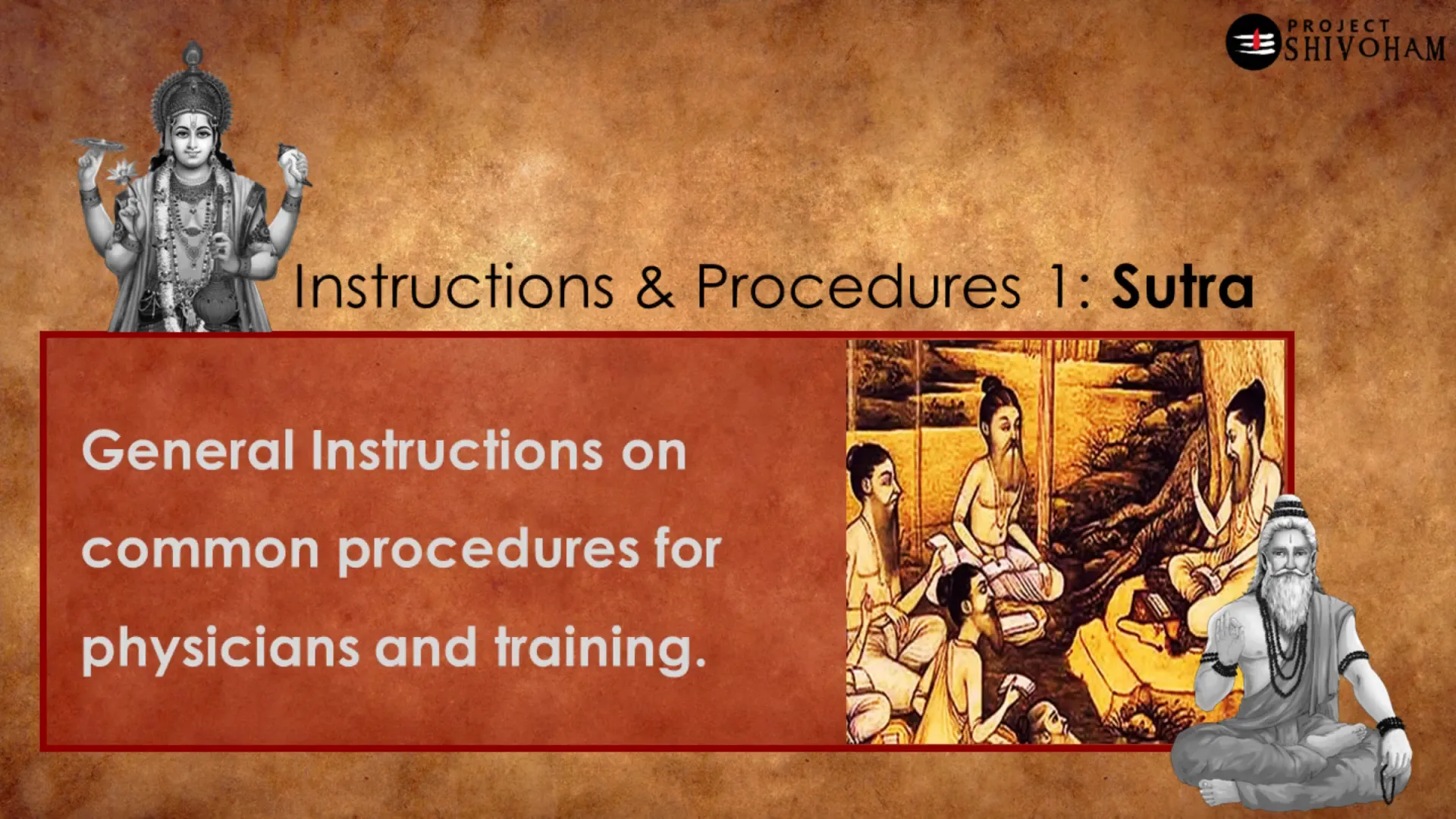
These dimensions ensure a comprehensive understanding of health and treatment, showcasing the depth of Ayurvedam. Each aspect is meticulously detailed, reflecting the ancient wisdom that informs modern approaches to health.
Understanding the Specializations
Ayurvedam comprises eight distinct specializations, each designed to address specific health concerns. These specializations reflect a holistic approach to treatment, acknowledging the interconnectedness of body systems.

1. Shalya Chikitsa
This specialization focuses on surgical procedures and interventions. It encompasses a variety of techniques, including incisions, extractions, and management of wounds. Shalya Chikitsa emphasizes precision and a deep understanding of human anatomy.
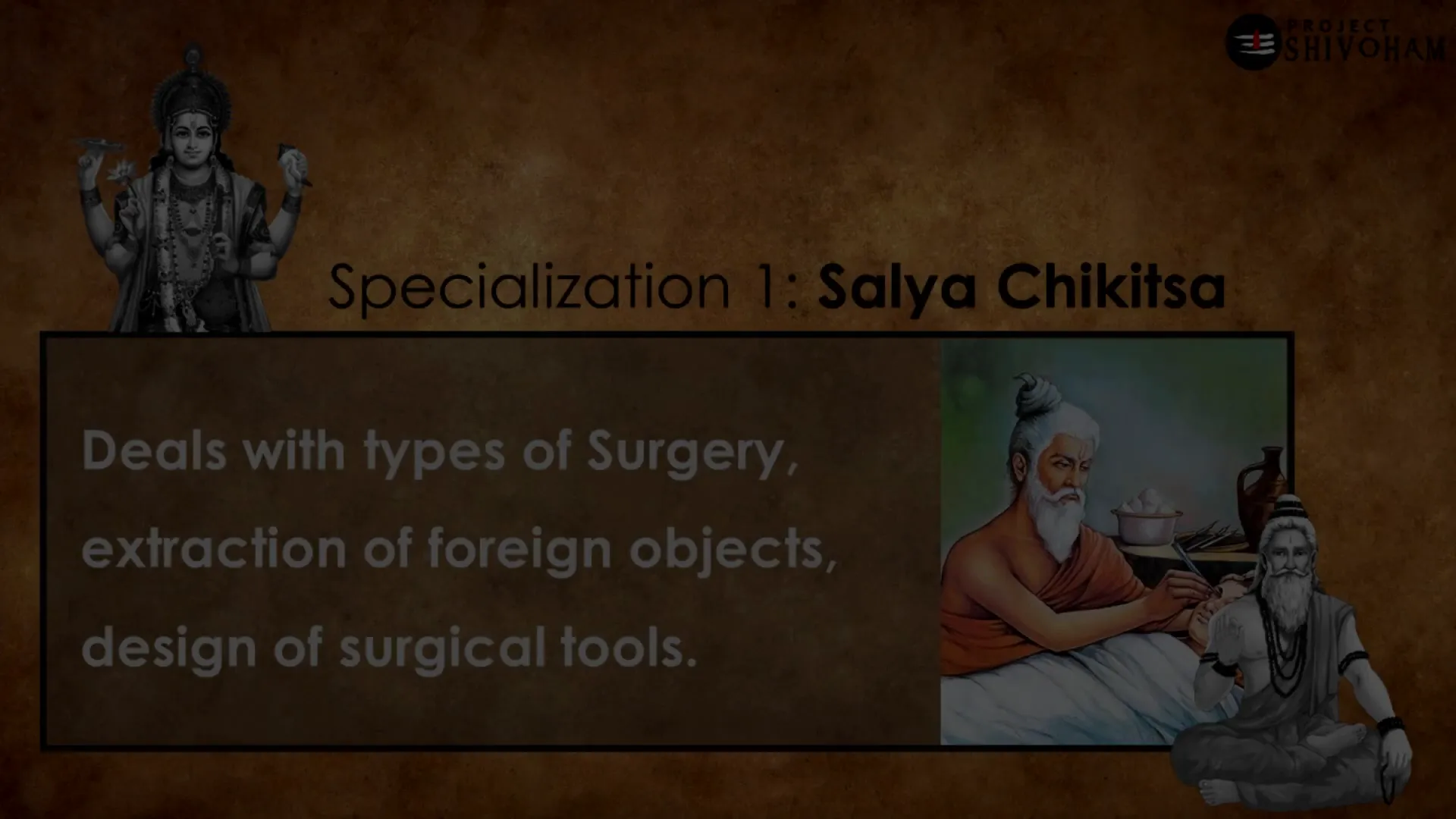
2. Shalakya Chikitsa
Shalakya Chikitsa addresses ailments related to the ear, nose, and throat. This branch recognizes the interdependence of these organs, laying the groundwork for modern ENT practices. It offers a range of treatments tailored for these interconnected systems.

3. Kaya Chikitsa
Kaya Chikitsa focuses on general medicine, providing remedies for seasonal and common ailments in adults. This specialization is crucial for maintaining overall health and wellness, emphasizing preventive care and lifestyle adjustments.
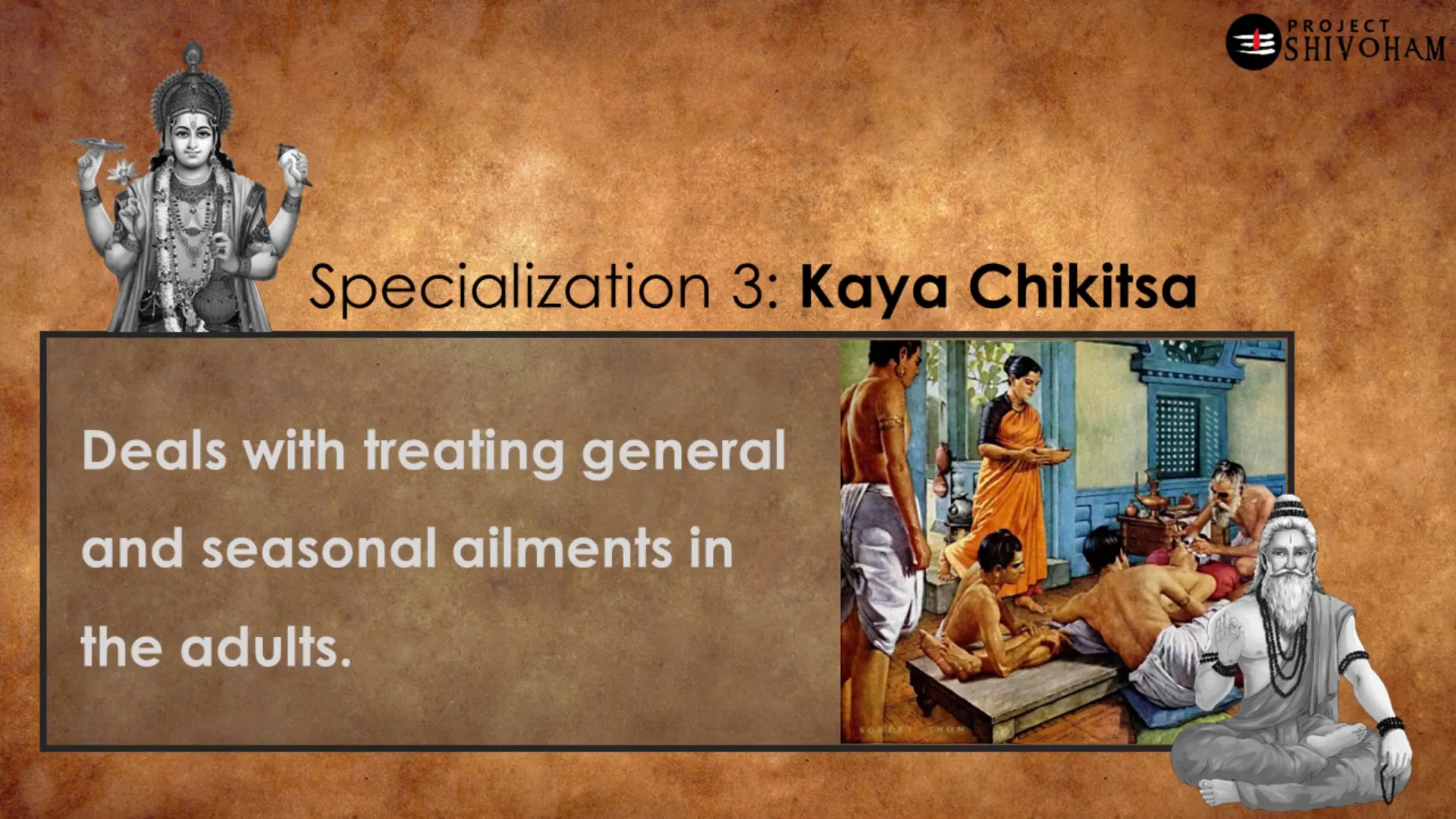
4. Graha Chikitsa
Graha Chikitsa deals with mental, emotional, and behavioral disorders. This approach aligns closely with modern psychiatry, offering insights into the psychological aspects of health. Treatments often incorporate traditional practices such as meditation and yoga.
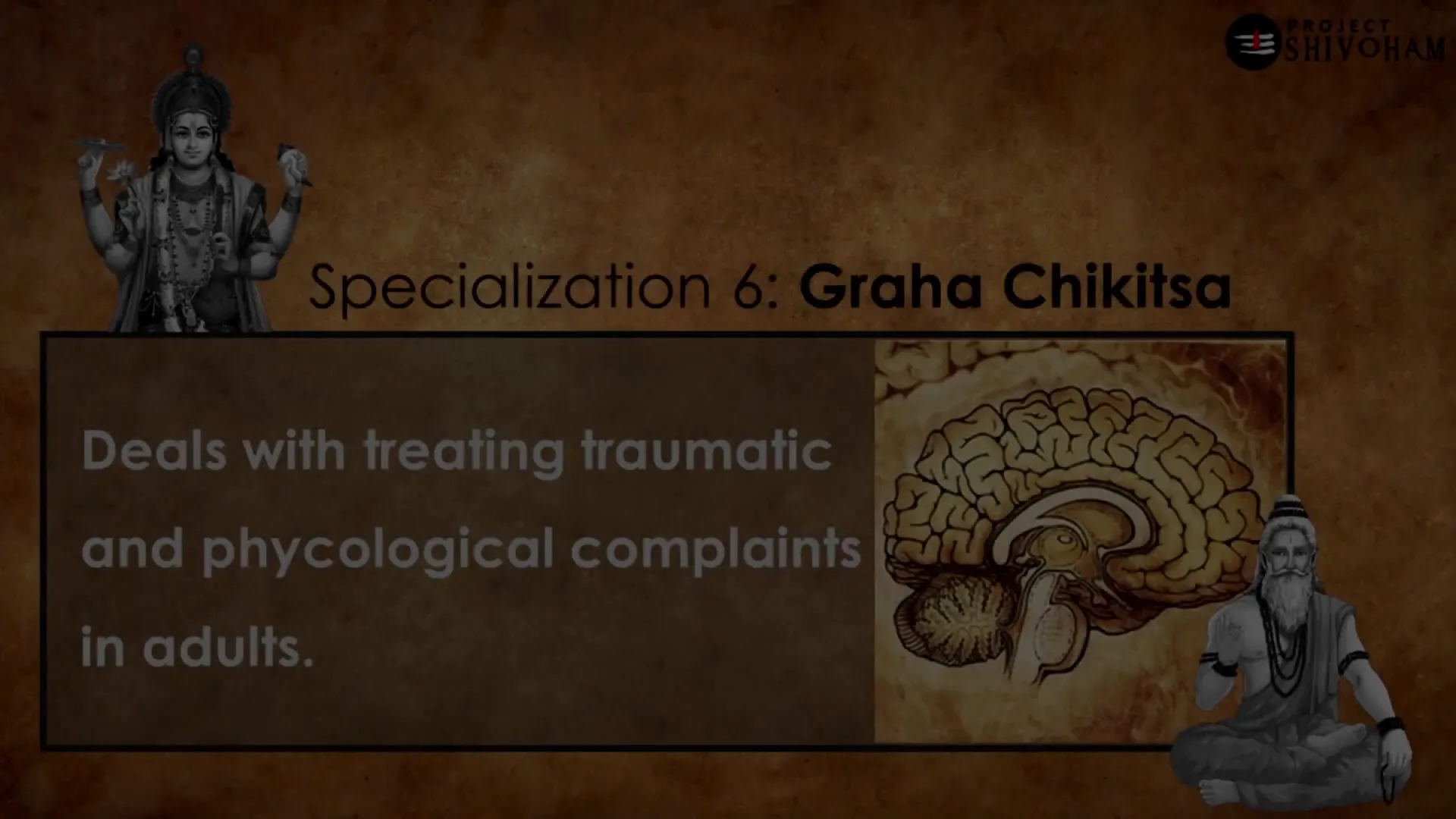
5. Bala Chikitsa
Bala Chikitsa is dedicated to pediatrics, focusing on the health of infants and children. This specialization ensures that young patients receive appropriate care, addressing their unique physiological and developmental needs.
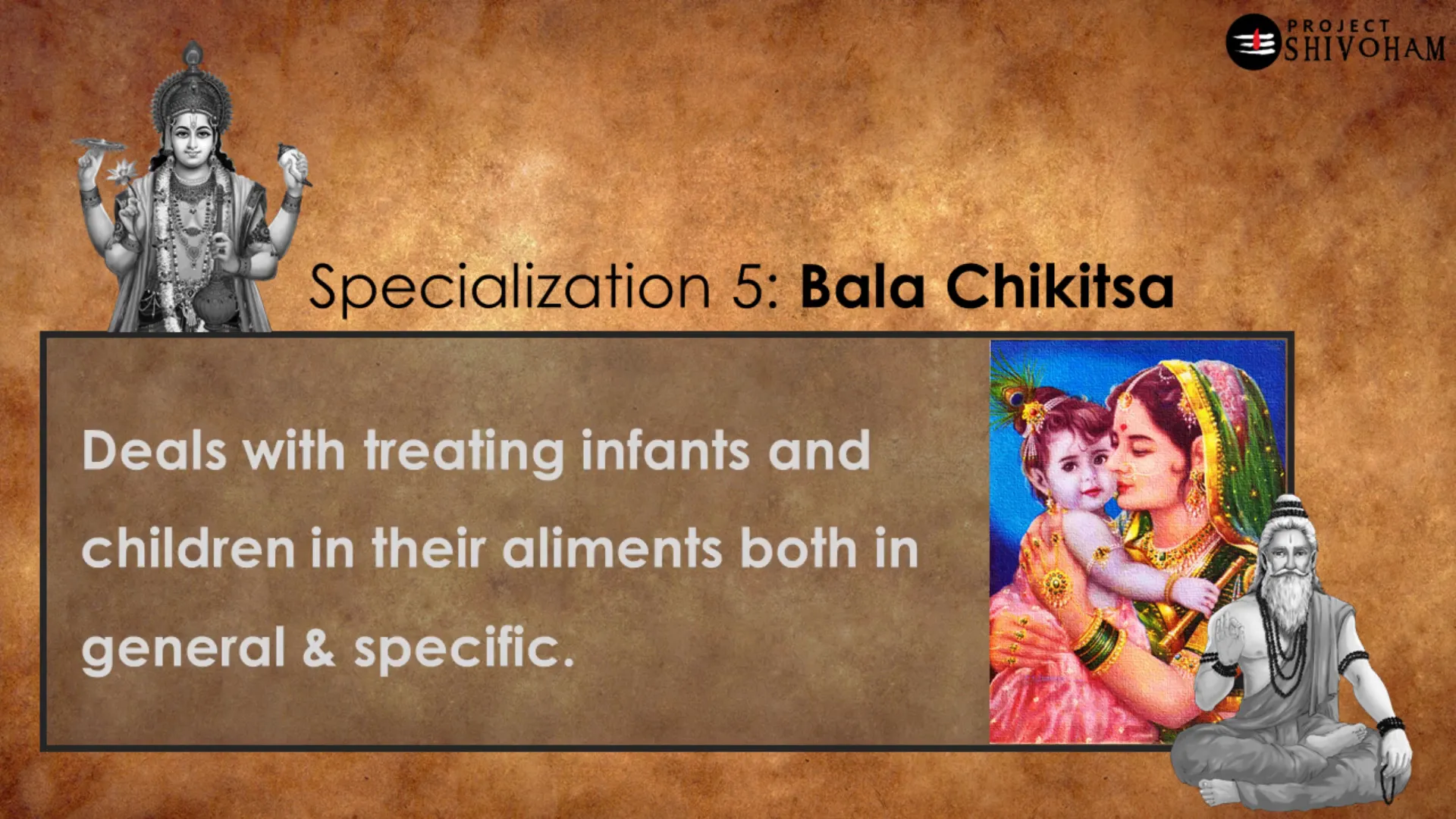
6. Rasayana Chikitsa
Rasayana Chikitsa involves rejuvenation therapies, promoting vitality and longevity. Techniques may include herbal treatments, dietary adjustments, and lifestyle modifications aimed at enhancing overall well-being.
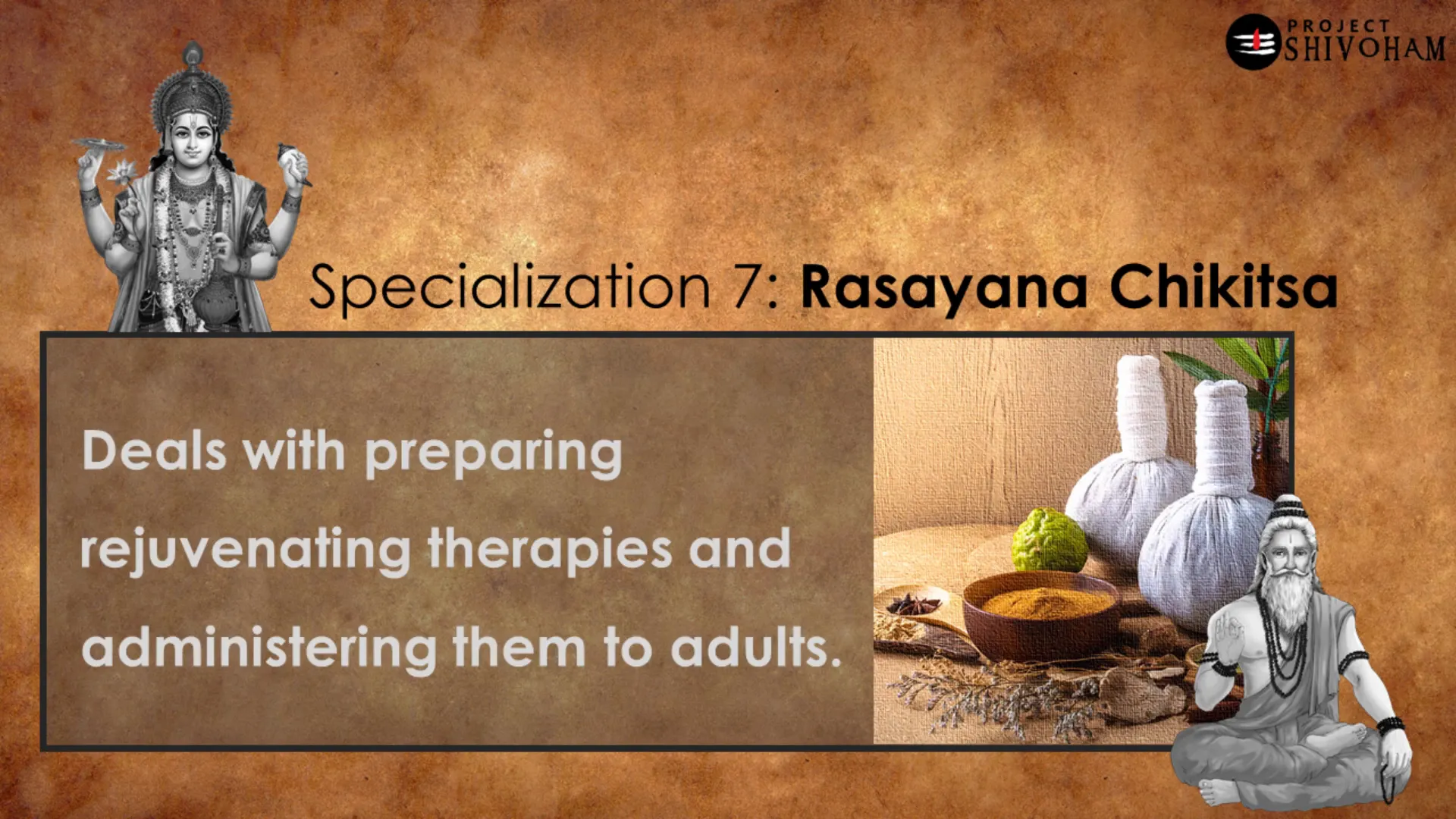
7. Vajikarana Chikitsa
This specialization focuses on sexual health and infertility treatments. It offers holistic approaches to enhance reproductive health, addressing both physical and emotional factors affecting fertility.
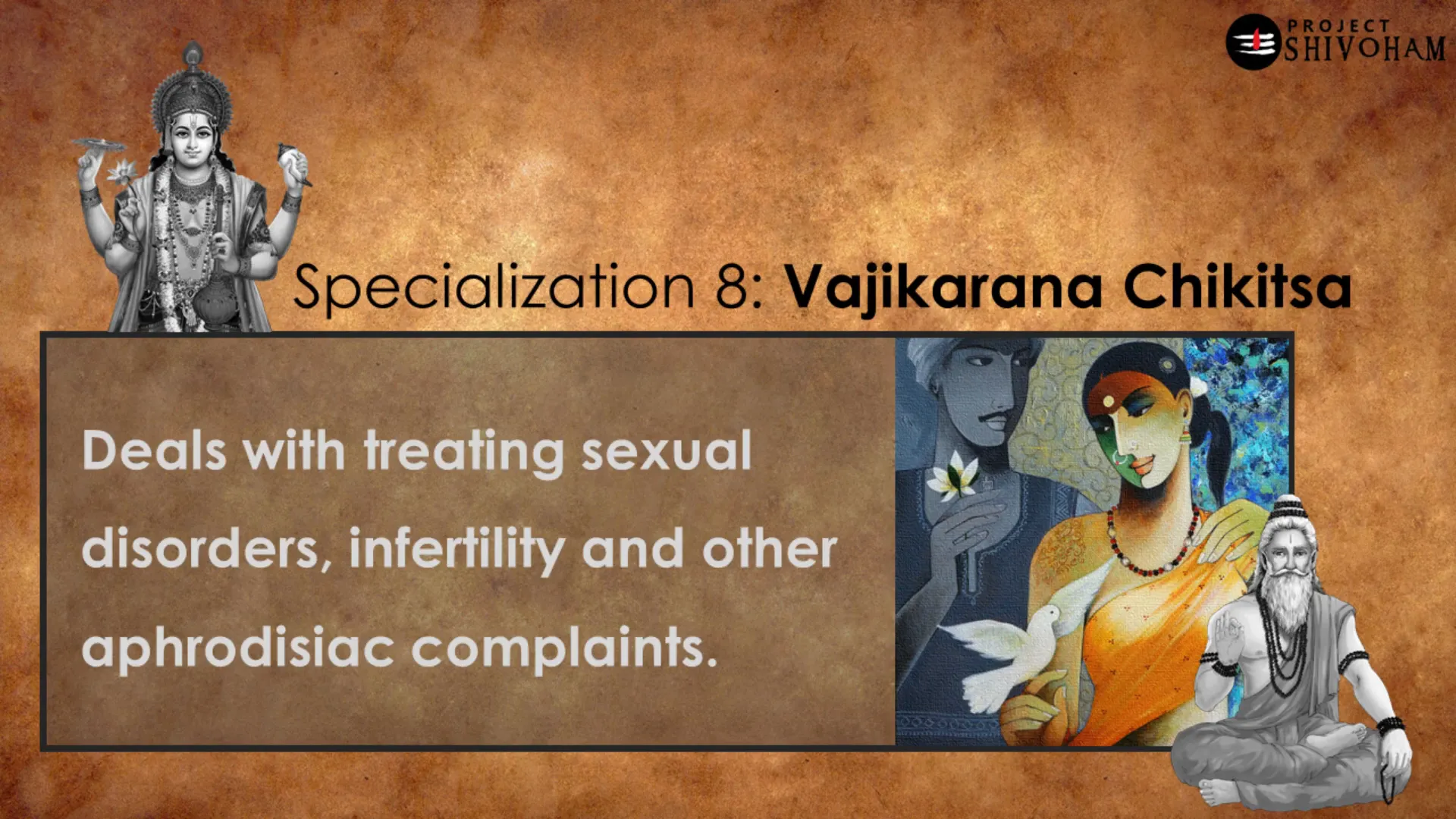
8. Vishya Chikitsa
Vishya Chikitsa provides antidotal treatments for poisoning. This specialization involves understanding various toxins and developing effective antidotes, showcasing the depth of Ayurvedic knowledge in toxicology.
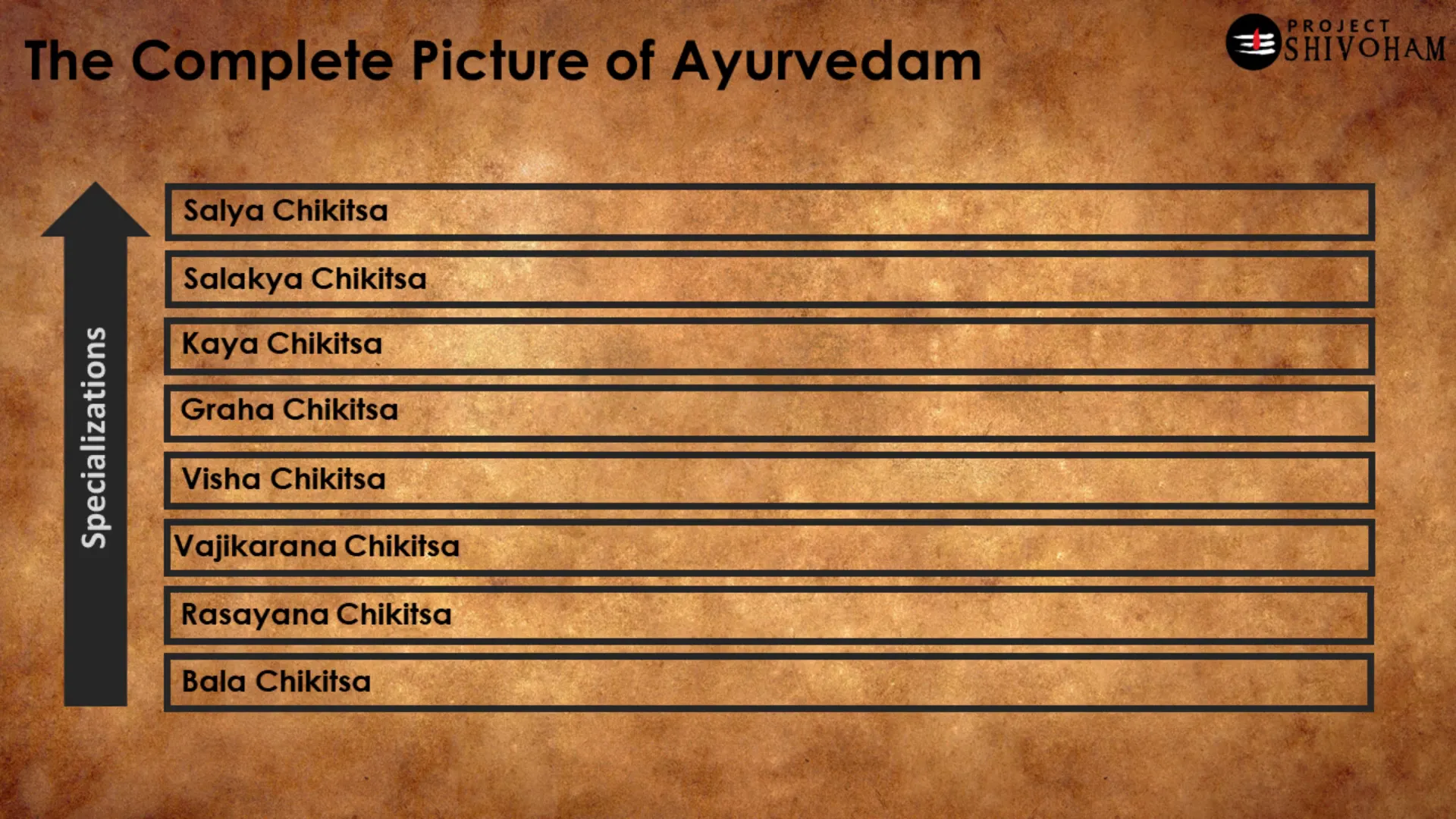
Five Dimensions of Ayurvedic Procedures
Each specialization in Ayurvedam is further divided into five dimensions, ensuring a comprehensive approach to treatment:
- Sutra Sthana: Common procedures and fundamental instructions for all physicians.
- Nidana Sthana: Focuses on diagnosis, understanding symptoms, and identifying root causes.
- Sarira Sthana: Detailed exploration of human anatomy and physiology.
- Chikitsa Sthana: Identifies medicinal properties, preparation of remedies, and administration.
- Kalpa Sthana: Analyzes poisons and prepares antidotes, showcasing Ayurvedic toxicology.
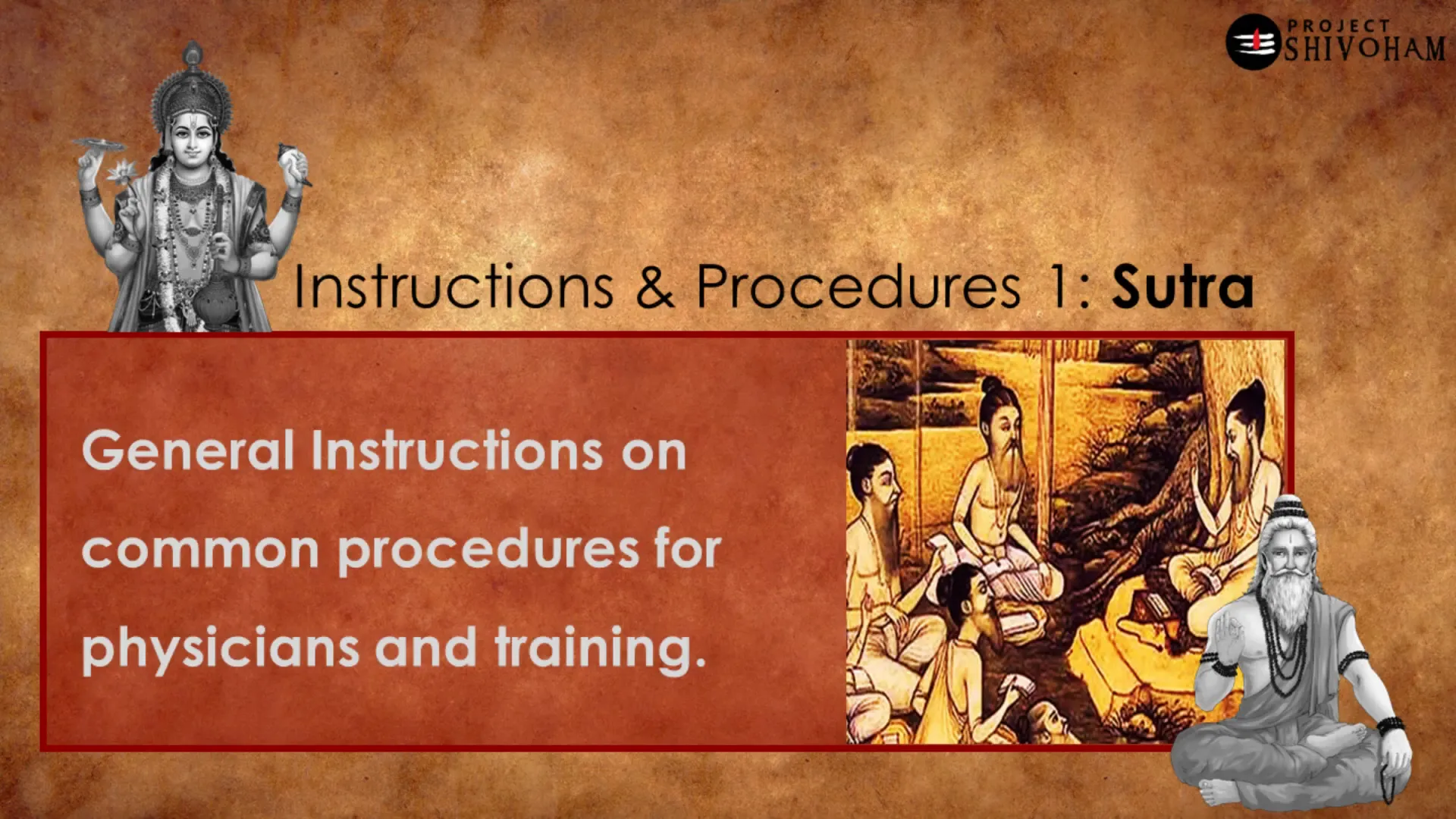
Importance of Each Dimension
These dimensions provide a structured framework for practitioners, ensuring that treatments are thorough and tailored to individual needs. The holistic nature of these dimensions reflects the comprehensive understanding of health that Ayurvedam embodies.
The Depth of Ayurvedic Knowledge
Ayurvedam is not merely a collection of remedies; it is a profound system of knowledge that has evolved over thousands of years. The meticulous detail in Ayurvedic texts reveals an understanding of human health that is both advanced and holistic.
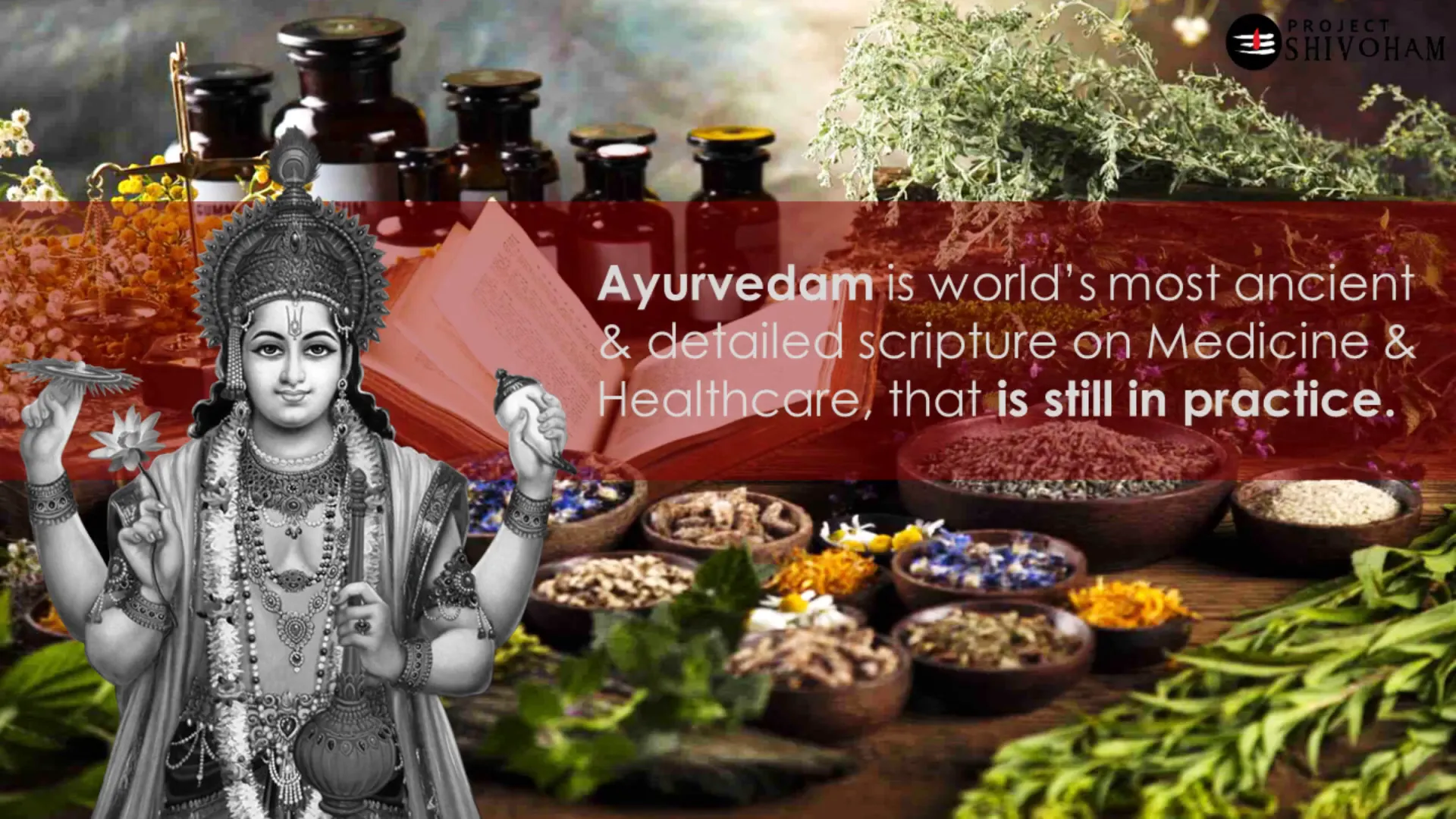
Historical Context
Rooted in ancient traditions, Ayurvedam has been practiced for millennia. Its principles have been passed down through generations, adapting to changing societal needs while maintaining core philosophies. This historical context enriches the practice, providing depth and relevance.
Modern Relevance
In contemporary settings, Ayurvedam offers valuable insights into preventive health and holistic well-being. As people seek alternatives to conventional medicine, the principles of Ayurvedam resonate, emphasizing balance and harmony in health.
Contemporary Perspectives on Ayurveda
The modern perception of Ayurvedam varies widely. While some view it as a pseudoscience, others embrace its holistic approach to health. This dichotomy highlights the need for a balanced understanding of what Ayurvedam offers.
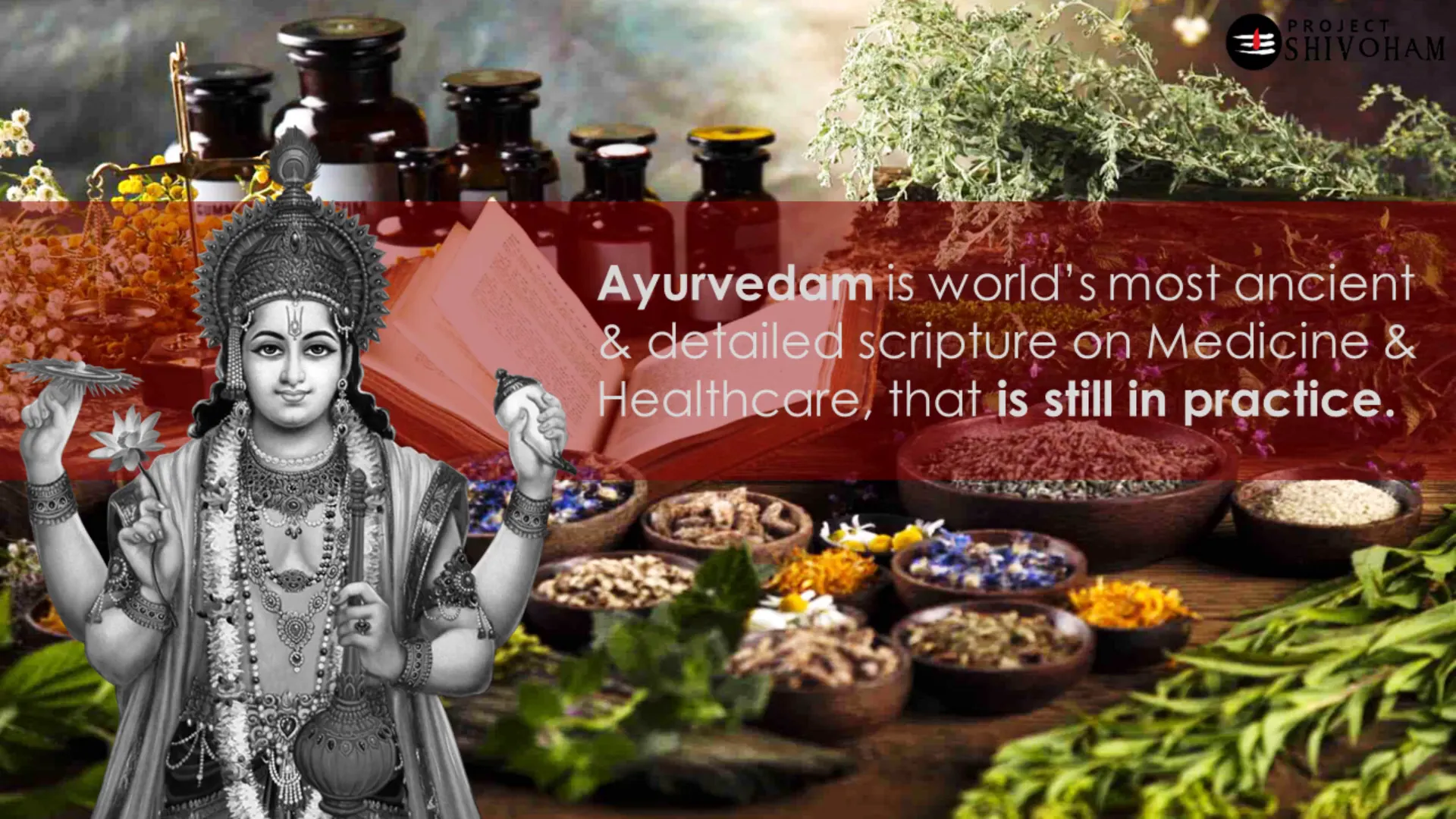
Integration with Modern Medicine
Many healthcare practitioners advocate for integrating Ayurvedic principles with modern medical practices. This synergy can enhance patient outcomes by providing a more comprehensive approach to health, addressing both physical and emotional well-being.
Challenges and Misconceptions
Despite its rich history, Ayurvedam faces challenges in gaining acceptance in the mainstream medical community. Misconceptions about its efficacy and scientific basis persist, necessitating ongoing education and awareness.
Conclusion: A Balanced Approach to Health
Ayurvedam represents a profound understanding of health that transcends mere treatment. Its emphasis on balance between body, mind, and spirit offers a holistic perspective that is increasingly relevant in today’s fast-paced world.
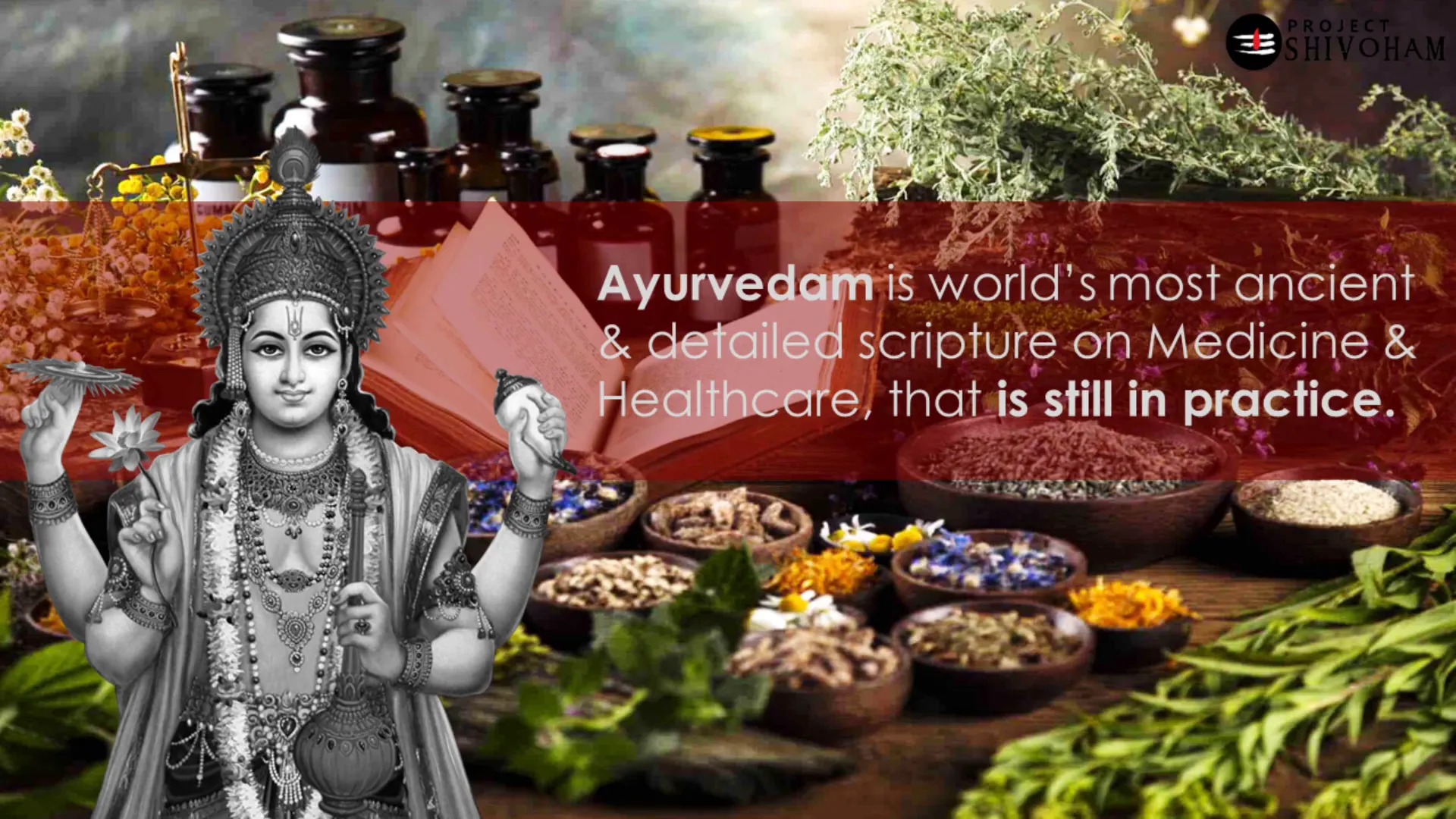
Embracing Holistic Health
By embracing the principles of Ayurvedam, individuals can cultivate a more balanced approach to their health. This involves not only addressing physical ailments but also nurturing mental and emotional well-being.
FAQ about Ayurvedam
What is the main focus of Ayurvedam?
Ayurvedam focuses on the harmony between body, mind, and spirit, promoting holistic health and well-being.
How does Ayurvedam differ from modern medicine?
While modern medicine often targets specific symptoms, Ayurvedam takes a comprehensive approach, addressing the root causes of ailments and emphasizing prevention.
Can Ayurvedam be integrated with conventional treatments?
Yes, many practitioners advocate for integrating Ayurvedic principles with conventional treatments to enhance overall patient care.
Is Ayurvedam suitable for everyone?
Ayurvedam can be adapted to suit individual needs, making it a versatile approach to health for diverse populations.
What should one consider when choosing Ayurvedic treatments?
Consulting a qualified Ayurvedic practitioner is essential to ensure that treatments are tailored to individual health concerns and conditions.